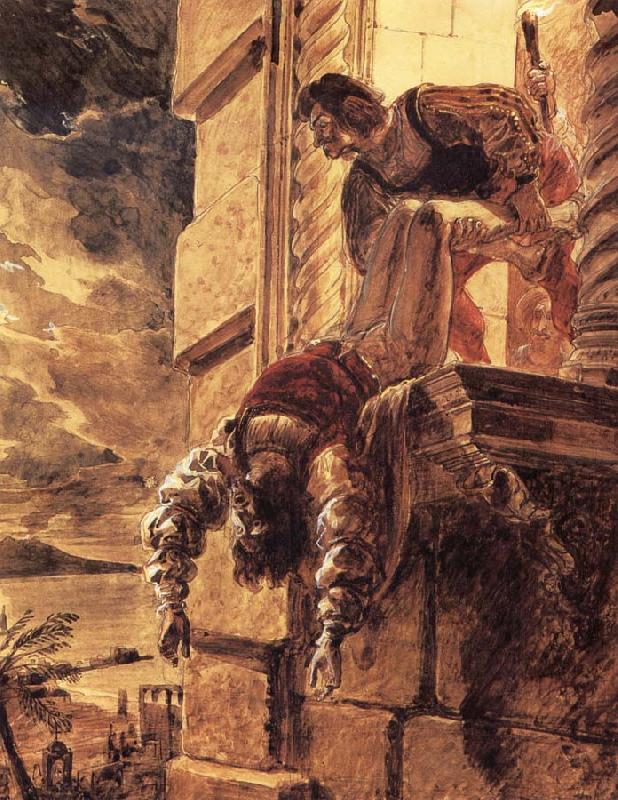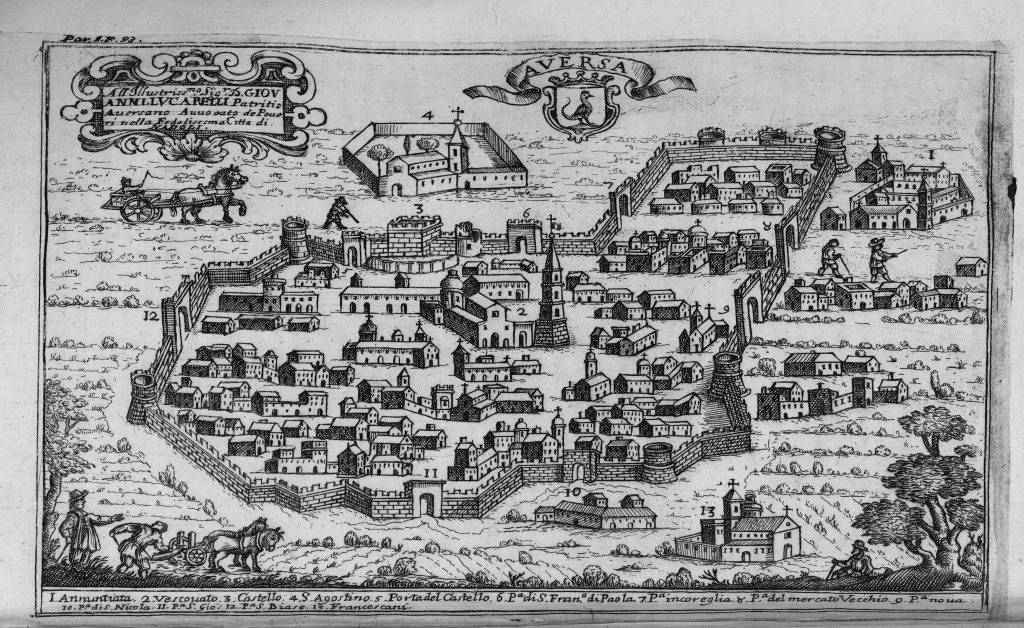The Red Wedding from Game of Thrones has happened in the past in Hungary

There is no need to introduce one of the most iconic scenes in Game of Thrones, where the Freys and the traitor Boltons massacre Robb Stark’s retinue and army. When writing the Red Wedding scene, George R.R. Martin used two events from Scottish history as his inspiration. However, it did not only happen in Scottish history that a peaceful assembly turned into a bloody massacre. There were cases of such during the Hungarian Middle Ages, from which we will introduce three to you.
According to George R. R. Martin’s own admission, he mentions two events from Scottish history that helped him to develop the exact happenings of the Red Wedding Scene. The first one of these was The Black Dinner which happened in 1440, and the other was the Glencoe Massacre that happened in 1692 – can be read on Index.hu.
The dark shadows of a blind king
Probably the most well-known Hungarian event that is similar to the one depicted in the Game of Thrones series has happened after the reign of István II (1116-1131). István might have had poor health because the Hungarian Chronicles mention several pretenders wanting the throne. The idyllic description sometimes presented in literary works which suggest that István II brought back his blinded cousin Béla in order to mend his father’s wrongdoings is probably false. Eventually, Béla II was crowned as the Hungarian king, but his reign was probably unsteady, so, during the assembly of Arad in 1131, he resolved to a drastic step. The participants of the assembly had no idea of the plot. When Queen Ilona appeared with her young boys, she asked the assembled people to name those who took her husband’s sight. The men present not only did so but murdered their marked victims. According to the account of chronicles, a total of 68 people were killed, and their families lost their wealth.
The reign of Béla was still endangered by Kálmán’s illegitimate son, Prince Borisz, who attempted to take the throne a year later, in 1132. Before the battle near Sajó, the events of Arad almost entirely recurred. This time, the king asked who thought that Borisz was a bastard, and those who did not answer with an enthusiastic yes, they immediately killed. This reckoning probably contributed to Béla’s victory.
If you are interested in Hungarian history, then these two articles might be just for you. We wrote a series about Hungarians who were the best at something. In THIS article, you can read about how three Hungarians tricked their enemies, and in THIS one, you can read about those Hungarians whom whole Europe feared.

The final days of a family from the Anjou-era
The Lackfi family emerged thanks to the donations of Károly I and Lajos I. After the death of Lajos I, István Csáktornyai Lackfi sympathised with Károly II but eventually changed to later support the side of Zsigmond. After the triumph of Zsigmond, he had to create an equilibrium between the different Baron leagues, and the continuous demand for the throne by King László Neapolitan also meant a considerable risk. Zsigmond, leading an international coalition, was overwhelmed by the Turks in the Battle of Nicopolis in 1396. There was no information about the king for weeks, and Lackfi, as part of the Board of Governors, tried to make steps towards László of Naples.
Zsigmond went ashore in Raguza after sailing around the Balkan Peninsula, and later, in 1397, he arrived in Körös. Zsigmond ordered an assembly at which István Lackfi and his cousin István Simontornyai Lackfi were also present. The Lackfis brought more people than the king’s supporters, but they held a smaller assembly in a farmhouse where they invited the Lackfis as well. At first, everything went well, but later, the discussion turned into bloodshed. The followers of Zsigmond drew their blades and massacred the two Lackfis. The crowd outside also drew their swords, but the king’s followers threw the body of Istán Lackfi into the crowd and ordered them to seize the resistance. The method worked, and major parts of the land of the Lackfis were divided and given to those barons who supported Zsigmond.

Feast in Aversa
This event rarely makes it to the pages of history books, but it would make the perfect parallel with the Red Wedding in the book of George R. R. Martin. The place was in the Kingdom of Naples, but a Hungarian king played the role of Walder Frey. The story started when Robert Neapolitan died, and he had no heir, so the Hungarian descendants of their family could also be candidates for the throne. They wanted to solve the conflict by marrying the Hungarian András to Johanna, the older granddaughter of Robert, so they would inherit the throne together.
This could not be done, however, because Robert’s only heir was Johanna, so they could not crown András. His mother travelled to Italy and seized the support of the Pope who demanded that the Neapolitans crown András as well, but they murdered him in 1345 instead. Lajos Nagy, András’s father, did not delay his vengeance, and, at the end of 1347, he attacked the Neapolitan Kingdom. Next January, he succeeded to defeat the new husband of Johanna in a bloody clash of battle.

Then comes into the picture Prince Károly of Durazzo. The interesting thing about him is that he is both an Anjou and, thanks to his grandmother, through Mária from the Árpád-house, he has Hungarian blood in his veins to some extent, and he wanted to be more than a simple prince. In 1343, after the death of Robert, he kidnapped Robert’s younger granddaughter Mária. Here comes the problem; Mária was intended to be married to the Hungarian István, so Lajos Nagy was furious about this. It also affected Johanna, Mária’s older sister badly, as she was her heir until she gave birth. Not long after the Hungarian victory at Capua in January of 1348, Károly of Durazzo bowed together with his two brothers to Lajos Nagy. The Hungarian king, Lajos, greeted them in Aversa, which might have been suspicious, but the Hungarian king gave a proper welcome and held a great feast for his guests. For some time, the dinner went well, and the mood was good. Then, suddenly, Lajos accused Károly of Durazzo for kidnapping Mária and for being an accomplice in murdering András. Lajos Nagy then ordered the beheading of Károly at dawn for treason. He held his corpse unburied for days and imprisoned Károly’s two brothers in Hungary.
Featured image: HBO – Game of Thrones
Source: index.hu





